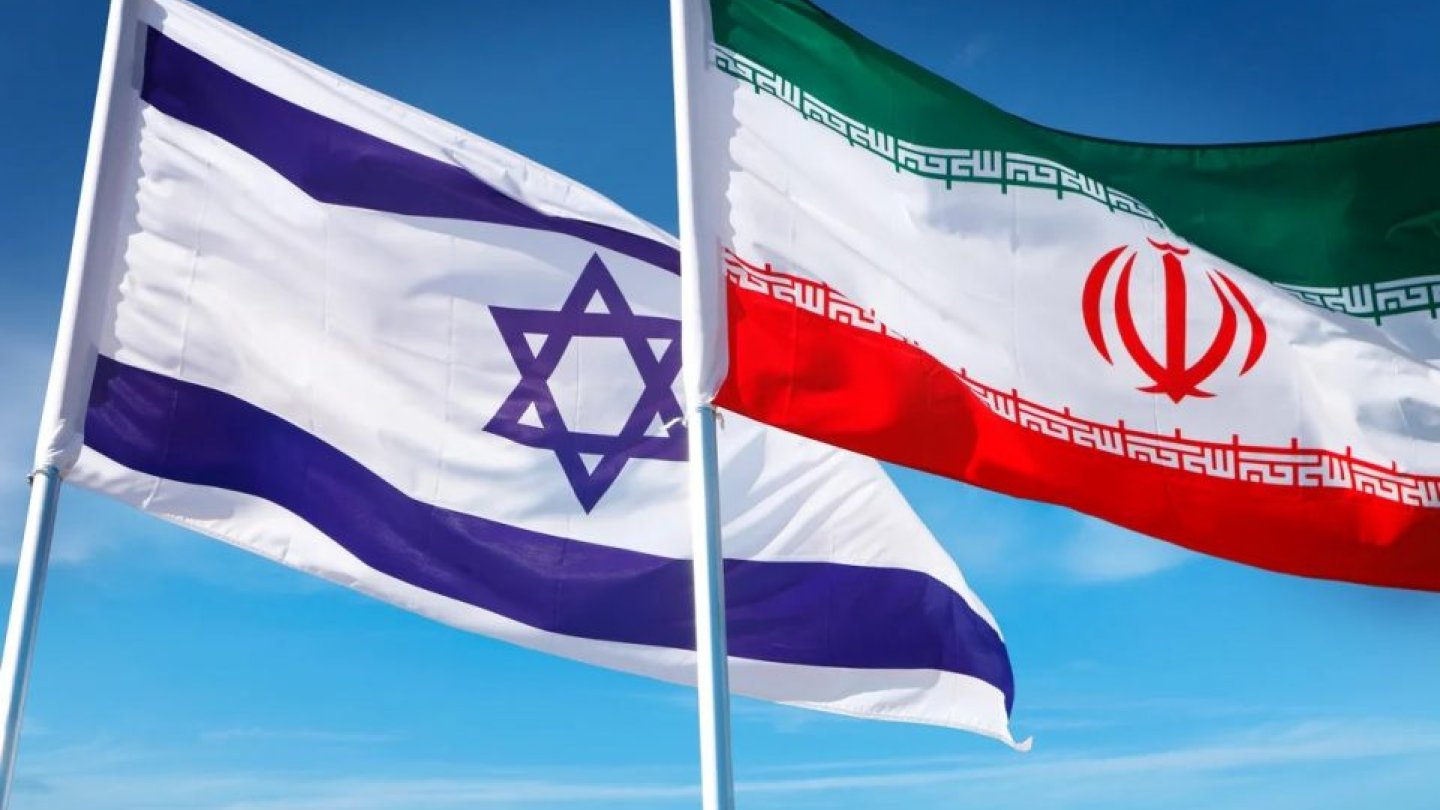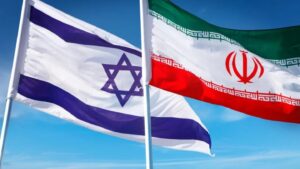Contents
ToggleExamining The New York Times: Sensational Reporting in the Face of Conflict In light of the ongoing, violent
Israeli military assault in Gaza and the mounting worldwide pressure on Israel to stop, the New York Times released this investigation. The report tended sensationalism while maintaining consistency with the Israeli perspective’s narrative aspects. This alignment was immediately apparent in the headline, which used language that changed the topic from one of simple allegation and doubt to one of unjustified assurance and confirmation, drawing conclusions too soon and treating them as facts.
In addition to tens of thousands of wounded and injured, this war has claimed over 22,000 lives, nearly half of them are children. The area has been completely closed for almost three months, and its citizens are facing what international organizations have called “collective punishment,” which is akin to genocide.
Subtly directing readers to focus only on the “how,” the headline (“‘Screams Without Words’: How Hamas Weaponized Sexual Violence on Oct. 7) suggests that the “what” is already decided. It also clearly names the party that has been found guilty or implicated, the Hamas movement, which raises questions in light of The New York Times’ repeated habit of identifying the parties involved in charges against Israel—a topic that the AJR has already addressed.
The investigation’s conclusions are declared in the report’s first few words, which charge Hamas—referred to in the report as “terrorists”—of widespread sexual assault on October 7. The report highlights the investigation’s two-month duration, attempts to strengthen its objectivity, and presents “painful new details.” It suggests that these instances of sexual assault are indicative of a larger pattern of gender-based violence committed by Palestinian resistance groups, a charge Israel has been using to further dehumanize Gaza’s Palestinian population and obscure its crimes against them.
Given the available data, this seems to be an early attempt at creating a narrative to start a fresh, coordinated campaign to minimize the well-known and verified atrocities committed by Israel. This is achieved by simultaneously applying pressure on anti-war movements and those expressing solidarity with Palestinians in American and Western communities, and by citing feminist solidarity and promoting women’s rights. Notably, victims from Israel are heavily “humanized,” a practice that is continuously denied to victims from Palestine in the newspaper’s coverage of the Palestinian problem.
Inconsistencies and Controversies: The Case of Raz Cohen
Raz Cohen, a former Israeli military officer, gave one of the used testimonials. Cohen has provided multiple versions of his evidence that seem incongruous and has been a crucial witness connected to the events since the early days following October 7. Kohen did not address sexual assaults in his first statement on October 9th; nevertheless, the next day, he modified his testimony. In an interview with another media outlet, he referenced the potential for these kinds of attacks without claiming to have seen them firsthand. Remarkably, a testimony given on October 10th to the Canadian network “CBC” did not include the attacks described in the most recent investigation published in The New York Times.
A questionable shift in Kohen’s testimony was brought to light by Max Blumenthal, the investigator at the independent “Grayzone” network, on October 10. This occurred mere hours after the remarks were made public by “CBC.” On October 7, in an interview with the American television network “PBS,” Kohen made disturbing allegations regarding infractions, including “slaughtering people and raping them.” He went on to accuse “people from Gaza” and the Palestinian resistance of necrophilia, or the practice of sexually abusing women’s bodies long after they have passed away. This was concurrent with an increase in the official Israeli discourse directed towards the Palestinians, including declarations by the Israeli Defense Minister regarding the goal of eradicating the Palestinian population in Gaza.
The time and content of Kohen’s testimony on the American network “PBS” perfectly match official Israeli declarations, including those made by the Israeli president. The president declared that “civilians in Gaza are involved in the war” and that the Israeli war machine views them as valid targets. The president made startling claims that Hamas has formally refuted, seeing them as a fresh effort to “demonize the resistance.”
During his interview with “PBS” host Nick Schifrin, Kohen made it apparent that he needed “revenge,” which is in line with the opinions of numerous Israeli officials and journalists in recent days. “I need retribution to be able to live with myself,” he declared. I have to get even if they did something similar.” Additionally, as he said in the interview, Kohen expressed the Israeli government’s determination that this retaliation would “reverberate for generations.”
Narrative Battles: Accusations and Humanization in Media Coverage
The New York Times investigation ignores important background information on a crucial witness in the investigation, despite the gravity of these accusations and their possible ramifications in the context of a genocide war. It draws on additional accounts from sexual violence specialists, Israeli soldiers, volunteers in the medical field, and members of civil society organizations.
The details that are provided are framed in a largely subjective narrative. Many editorial remarks made during the investigation aim to make the reader feel sorry for them; they often stress—especially in the section that opens with this statement—that “many of the accounts are difficult to bear” and that the evidence is “disturbing.” The journal doesn’t comment on stories of Palestinian victims, even if the main source is the Israeli occupying army, which is accused of committing genocide in Gaza before the International Criminal Court.
This publication does not give these victims, even if they are women, the same benefit of the doubt that is often accorded to the Israelis, to the extent of speaking in absolute terms on their behalf, as was evident in this report. Instead, it rigidly maintains the practice of withholding casualty figures reported from the Gaza Strip (on account of not trusting its source, the Hamas-run health ministry).
No matter how odd or dramatic the testimonies seem about what happened on October 7, the investigation does not voice any misgivings about them. It never stops to consider any story objectively, no matter how blatantly embellished or exaggerated it may be.
This contains outrageous accusations including the one that one of the victims’ breasts was cut off and played with during the rape! These accusations are similar to falsehoods that were spread during earlier Israeli disinformation efforts, including accusations that babies were baked in ovens, youngsters were beheaded, pregnant women were killed, and bodies were desecrated. Many of these accusations were made up, according to journalistic investigations; they were mainly sourced from the Israeli security apparatus, those connected to it, or groups and associations with radical goals. Notably, “Zaka” has been linked to numerous stories that have since been shown to be false.
The Role of Journalism in Conflict: Ethics and Responsibility
Even in the context of believing the source, the clear professional journalistic errors in these reports essentially entail a contempt for the need to independently check facts. In the context of war, this priority becomes even more crucial because there is a greater struggle for control over narratives, a proliferation of false information, and a competition to use both explicit and implicit language to gain credibility over testimonies and narratives that lack strong supporting evidence in both the legal and journalistic domains. As part of its systematic public diplomacy campaigns, Israel is still enacting this phenomenon, which aims to homogenize a range of shocking fabrications to conceal well-documented and glaringly obvious ongoing crimes against the Palestinians, as is the case in the Gaza Strip.
Both sides are calling attention to the same pivotal period in their histories: the events of 1948, as the Israeli-Palestinian conflict approaches its darkest chapter in decades. David K. Shipler, the author of a Pulitzer Prize-winning book about the battle and a former head of The New York Times bureau in Jerusalem, talks about the truth and significance of what happened that year.
Even seasoned observers of the New York Times’s fierce defense of Israel’s image will be shocked by the publication’s most recent distortion of the facts. The newspaper just released a lengthy, thoughtful editorial supporting the United States’ resumption of its nuclear agreement with Iran, all the while ignoring Benjamin Netanyahu’s violent attempts to undermine the accord.
The whole left-hand column of the page was occupied with the main editorial from yesterday’s print edition. It contained thorough and convincing reasons that the 2018 withdrawal of the Trump administration from the agreement was a failure and that the imposition of more sanctions had, on the contrary, harmed common Iranians.
The editorial did not contain a single mention of the word “Israel.” On the same day, there was another violent attempt at sabotage inside Iran, resulting in an explosion that shut down the electricity to a reactor at a uranium enrichment complex in Natanz. Israel slyly and anonymously claimed the credit. The Times editorial may have been completed before this specific explosion, but it omitted any mention of the months or even years of intense Israeli attacks, including assassinations, that preceded this most recent assault.
It is disgusting that the editorial page censors what Israel does. The most recent political assassination in Israel took place in November on the outskirts of Tehran and targeted prominent nuclear scientist Mohsen Fakhrizadeh, 59. You can bet that the Times editorial writers would have named the Israeli scientist by name if a group of suspected Iranian assassins had murdered him in Tel Aviv.
The Senate Foreign Relations Committee chairman, Bob Menendez, was subjected to mild criticism by the Times editorial board for signing a letter with forty-two other senators that opposed a return to the agreement. The letter was organized by AIPAC. However, the fact that the Israel lobby is mounting a vigorous campaign to force Congress to block the agreement was not mentioned, not even in passing.
The Times’s reporting of breaking news was hardly any better. Given that its chief correspondent, Ronen Bergman, is well-known for his close contacts with Israeli spy agencies, the Times article on yesterday’s attack could hardly overlook Israel. However, the publication only subtly implied that Israel’s primary goal was to undermine the Iran nuclear accord. The biased report from today’s Times is the most recent one.
According to the article, Iran’s foreign minister, Mohammad Javad Zarif, “vowed revenge” on Israel for the strike, but he later falsely called the conflict a “yearslong shadow war between Iran and Israel,” implying that both countries were at fault. The coverage from The Times did a poor job of really telling its readers what is going on in a part of the world where a mistake might lead to major bloodshed.










